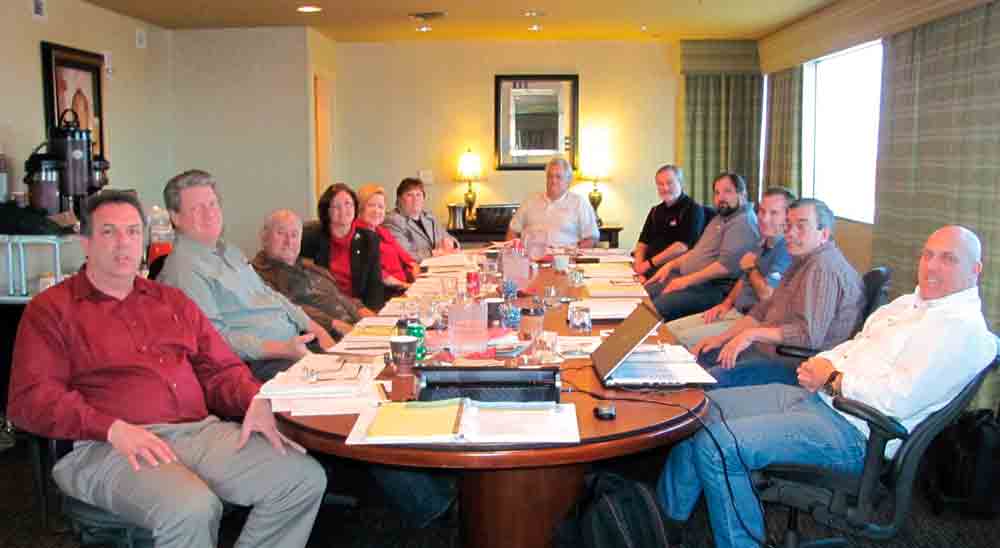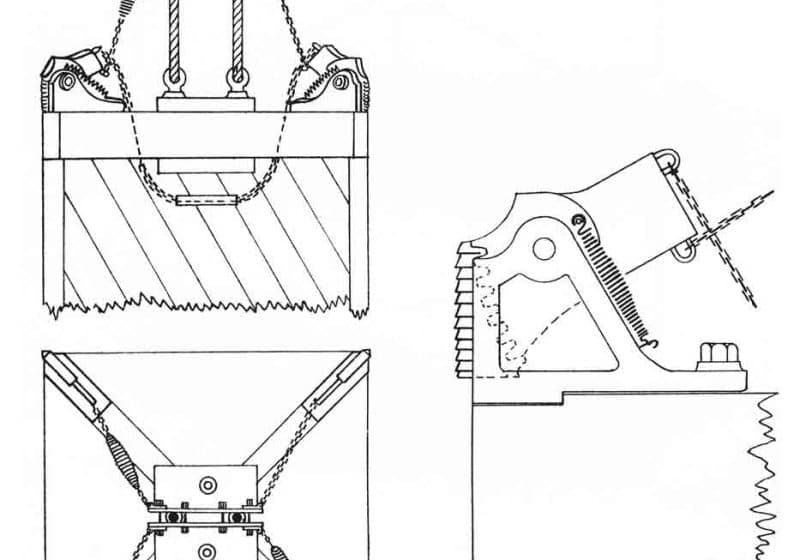CET Certification Program Gains ANSI Accreditation
Dec 1, 2011

In September, NAEC announced the news of initial accreditation under ANSI/ISO/IEC 17024 for the Certified Elevator Technician (CET®) educational program.
During its September 13 General Business Session, the National Association of Elevator Contractors (NAEC) was pleased to announce the big news of initial accreditation under ANSI/ISO/IEC 17024 for the Certified Elevator Technician (CET®) certification program. This makes CET the only American National Standards Institute (ANSI) Personnel Certification Accreditation Committee-accredited elevator-industry program. The CET educational program is a four-year program that includes 12 courses of study with matching on-the-job skills portfolios meeting Federal Apprenticeship requirements of 144 classroom hours of related instruction and 2,000 on-the-job training hours annually.
Past
In the 1990s, member surveys told NAEC that formal education was something the association needed to offer. In 2000, after much debate, then-NAEC President Bobby Schaeffer made accreditation a goal of the educational program, which he wanted to use in helping professionalize the elevator industry. The CET program was founded in November 2001, the same year the Model Elevator Law placed greater emphasis on certification and accreditation. CET testing helped “grandparent” existing technicians and develop the skills of new ones. A movement to set up CET Supervisors to further the program was also launched.
After founding its Education and Technical Advisory Committee, NAEC worked with the Lift and Escalator Industry Association at the University of Northampton (U.K.), but drawbacks (a lack of Imperial units, requirement of waiting until the first of the school year to start and focus on engineering rather than mechanical studies) prompted NAEC to look for an alternative. Seeking help from Elevator World, Inc. was the next step, and the publishing company provided technical experts and other resources to develop the curriculum. When ANSI rolled out its accreditation program for certification bodies in 2003, NAEC became one of the first organizations to start the accreditation process. Learning that this endorsement required a separate entity to oversee the educational program, NAEC founded the Certification Board to be independent of its Education Committee.
“This is going to bring the entire industry up to standard and make all existing programs more transparent.”
— Pete Meeks,
past NAEC president and company owner
The NAEC Certification Board oversees the certification process and is responsible for the development of the certification exam. In 2008, after years of hard work and thousands of labor hours by many people, NAEC applied for ANSI to review the CET program. After a thorough investigation and onsite visit in July 2011, ANSI was satisfied and did not require NAEC to make corrections, (though this is frequently necessary).
Present
Now, once a technician has worked 10,000 hours and/or completed the four-year CET education program, the certification exam can be taken. Rick Kennedy, immediate past NAEC president, former ANSI Task Force and temporary Certification Board member, lauded those who originated the program. He remarked that all involved should be proud of the program’s accreditation, which he believes will take away subjective evaluation of CET and add a new level of quality to the work of elevator technicians. He continued:
“ANSI requirements will make testing be current and relevant, and force constant improvement. ‘Using your hands in the field’ is hard to sell, but when coupled with education, the job becomes a profession, with scholarship and college-credit opportunity.”
Vincent Moscato, past NAEC president and past Certification Board member, elaborated on the increased quality of candidates CET should now attract, especially as the educational program is brought into more junior colleges and technical schools. CET can now license these institutions. Companies can also have better liability, as greater education will lead to safer workers. Even insurance firms may decide to offer lower rates. “There’s no limit of where we can go with this,” said Moscato. “It’s been well worth the time, effort and wait.”
“The accreditation is a great benefit to jurisdictions as they look for alternatives to union/state testing.”
— Lee Rigby,
NAEC Certification Board chair
As the owner of Kencor Elevator Systems, with a presence in Pennsylvania, New Jersey, Maryland and Delaware, Kennedy employs around 30 CETs or CET trainers, amounting to approximately half his workforce. Kencor presents the CET educational program to junior colleges, touting that it can add one-third of the credits needed for an Associate’s degree and include financial assistance for up to 60% of the tuition. Since the CET program is transferrable to four-year colleges, Kennedy enjoys the opportunity to hire and teach serious, well-rounded students. He reports that customers “really like knowing employees are CET certified.”
“NAEC appreciates the many volunteers who worked tirelessly with staff during the accreditation process. Without the commitment and dedication of volunteers from the Certification Board, the Education and Technical Advisory Committee, the ANSI Task Force and board of directors, this glorious achievement would not be possible. NAEC is excited about the honor this accreditation will bring to current and future individuals in the CET Certification Program.”
— Teresa Witham,
NAEC executive director
According to Faye Carter-Powell, NAEC deputy director, the accreditation adds “survival, value and credibility” to the program. It lends credence to marketing CET and consumer confidence to companies that would use CET. Arthur Steber, a past NAEC board member and member of the ANSI Task Force, added:
“As chair of the State of Alabama Safety Review Board, I am very pleased that progress has continued to move forward with the program, despite our initial apprehension when NAEC pitched it to us. This is a milestone and a step in the right direction to move us all forward.”
Future
NAEC intends to continue following the policies it has pursued thus far, using technical experts and the American Society of Mechanical Engineers codes applicable to the elevator industry to determine its educational curriculum. As the ANSI accreditation is also an International Organization of Standardization standard, it is recognized around the world. Patti Bonner, NAEC educational manager, believes that as more states recognize the Model Elevator Law, CET will grow. Certification Board Member Zack McCain said that the validity of ANSI accreditation alone will lead many states to accept the program. More than half of the U.S. has already accepted this legislation. Bonner is currently looking at international options and how the educational program can be implemented outside the country.
Get more of Elevator World. Sign up for our free e-newsletter.









